Alaska Bulk Water Shipments to California Proposed
Despite a signed contract, Sitka city officials say the real test is whether water is actually delivered.
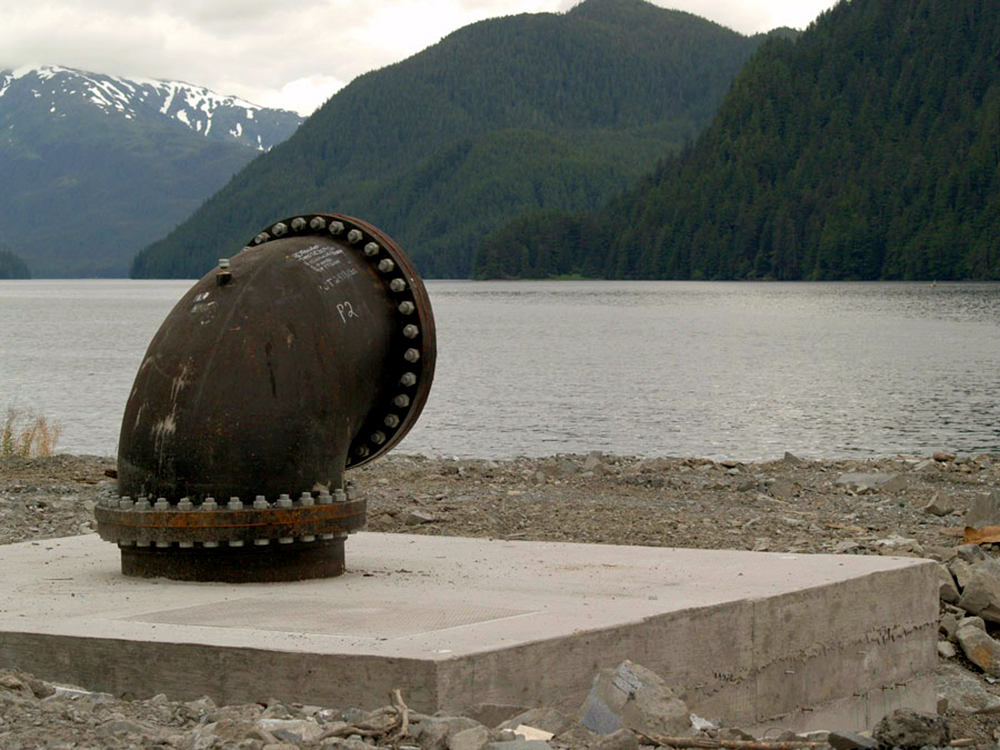
By Brett Walton
Circle of Blue
An entrepreneur attempting to pioneer the shipment of large volumes of water from an Alaskan town to thirsty global markets claims his company is a step closer after signing a contract to deliver 10 million gallons per month to a buyer in dry California.
Terry Trapp, chief executive of Alaska Bulk Water Inc., announced the deal in a March 25 letter to officials in Sitka, the island town of 9,000 people that has offered to sell surplus water from a reservoir also used for hydroelectric power generation. Alaska Bulk Water’s goal is to ship water by tanker or barge by July, according to the letter.
–Terry Trapp, chief executive
Alaska Bulk Water Inc.
After working with the company and its predecessors for nearly a decade and seeing numerous delays, cancellations, and contracts that were not fulfilled, Sitka officials are both skeptical and hopeful that the deal comes to fruition.
“They have told us for years that they have contracts signed, but that does not mean we’ve shipped any water,” Garry White told Circle of Blue. White is the executive director of Gary Paxton Industrial Park, which manages Sitka’s bulk water agreements. “Moving water is the true test of whether this happens,” he added.
Trapp would not discuss the details of the contract or the business operation with Circle of Blue, saying only that the company is working out the economics and logistics of the water trade.
“We’re trying to haul water from Alaska to California, and we’re looking for the most cost-efficient way to get that done,” Trapp said.
Economics Drives the Market
Cost has always been a primary obstacle for bulk water. Premium products such as the angular bottles from Fiji sell for hundreds of times the price of tap water. But bulk water is sold in large volumes, not in single-serving bottles.
Sitka is offering water from Blue Lake for one penny per gallon, which is much higher than what municipal water costs in most American cities. Nestle Waters North America, for instance, pays Sacramento, California, one-tenth of a cent per gallon for its 50-million-gallon-per-year bottling plant. Alaska Bulk Water must pay Sitka for the raw product, then add the dollars needed to lease a tanker ship, plus the cost of fuel and loading facilities. The price quickly becomes uncompetitive.
These are not normal times in California, however. With the state in the fourth year of a drought emergency, a stop-gap solution such as tankers full of water might be attractive for a desperately dry coastal town. The Catalonia region of Spain, for instance, purchased tankers of water from France during a drought in 2008 as an interim measure until a desalination plant came online. That same year, Cyprus bought water from Greece and ferried it across the Mediterranean Sea.
Ten million gallons in the California contract could be a significant source of water for a small community. It equals one-quarter of the monthly summer use of Morro Bay, California, a coastal town of 10,000 people.
But without more details about the Alaska Bulk Water contract, it is difficult to assess the likelihood of a deal being completed. Neither White nor Mark Gorman, Sitka’s municipal administrator, has seen the contract that Trapp announced in his letter, they told Circle of Blue.
Gorman, nonetheless, sees evidence that Alaska Bulk Water is serious about breaking open this market. The company will lose a $US 1 million down payment if it does not move at least 50 million gallons by December 8. Before any shipments take place, the company must connect a 36-inch-diameter pipeline from Blue Lake to a tanker-loading facility in the middle of the harbor. The pipeline currently ends at the shore. White said that he has seen Alaska Bulk Water’s construction permit that was issued by the Army Corps of Engineers for a floating mooring system.
“Alaska Bulk Water is putting real money in the game now, so that is an indication that the deal will go through,” Gorman told Circle of Blue.
City officials are eager for the results.
“It would be great for us,” White said about selling water to the world. “We’re up here in the middle of nowhere with a limited ability to earn revenue. Water is one resource we have in abundance that we can leverage to fund the city government.”

Brett writes about agriculture, energy, infrastructure, and the politics and economics of water in the United States. He also writes the Federal Water Tap, Circle of Blue’s weekly digest of U.S. government water news. He is the winner of two Society of Environmental Journalists reporting awards, one of the top honors in American environmental journalism: first place for explanatory reporting for a series on septic system pollution in the United States(2016) and third place for beat reporting in a small market (2014). He received the Sierra Club’s Distinguished Service Award in 2018. Brett lives in Seattle, where he hikes the mountains and bakes pies. Contact Brett Walton
Leave a Reply
Want to join the discussion?Feel free to contribute!

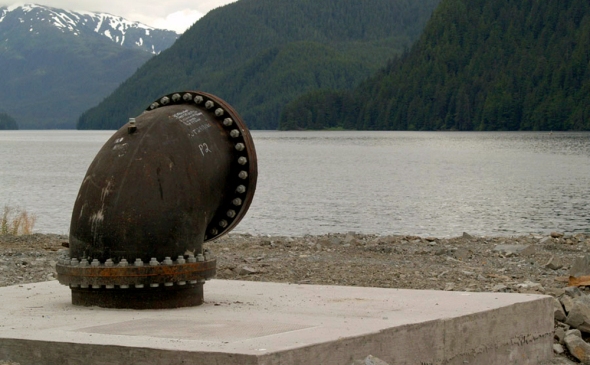

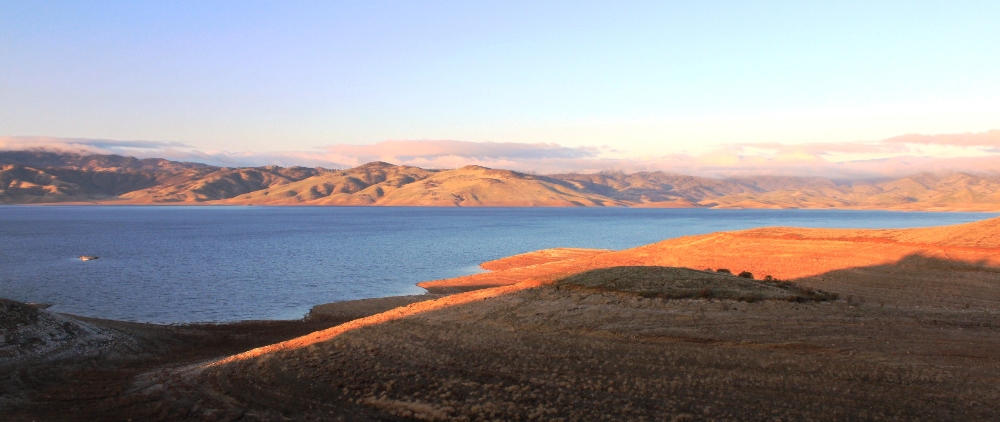
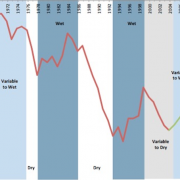
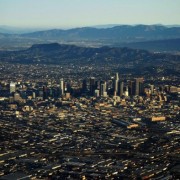

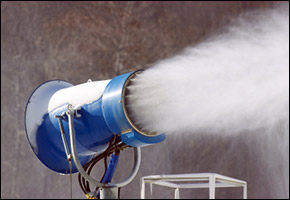
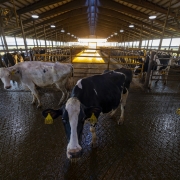


Deliver it them in sealed 12 oz. plastic bottles packed 24 to a case enclosed in shrink wrapped plastic at a $1.75 bottle.
Make them pay through the NOSE for it !! California is in this mess from their own stupidity. They never built any water desalinization plants because the radical environmentalists blocked them all in court. They never expanded the size of their reservoirs because that too was ecologically ‘unfriendly’. And they STILL pump millions of gallons of valuable fresh water into the sea rather than ‘harm’ the Delta Smelt. I’m a California native who’s watched this state sink into a sea ( no pun intended) of idiocy as a result of 40+ years of Democratic control. So now let them pay dearly for any imported water !!
ARF!
What good does 10 million gallons a month do when illegal immigrants are using 300 million gallon of water PER DAY in Cali alone?
This amount isn’t going to help anyone and there won’t be a cheap or remotely environmentally friendly way to deliver water over that distance.
ALASKA STATE!!!!!! DO NOT AGREE TO THIS OUTRAGEOUS IDEA. IN THE EARLY 1900’S, LOS ANGELES HAD THE SAME IDEA. THEY CONTACTED HIGH UPS IN THE OWENS VALLEY. THEY BARGINED WITH THEM TELLING THEM THAT THEY WOULD MAKE MONEY(OWENS VALLEY) L.A. MADE THE AQUADUCT FLOW DOWN TO L.A. AND THE REST IS HISTORY. RIGHT NOW, THE OWENS RIVER IS ALMOST GONE. L.A. HAS TAKEN A BEAUTIFUL AREA, AND TURNED IT INTO BLAH!!! THE SAME WILL HAPPEN TO THIS AREA OF ALASKA IF YOU LET THIS WATER TRANSFER GO THROUGH. CALIFORNIA HAS BROUGHT THIS DROUGHT ONTO THEMSELVES, BY BRINGING WATER INTO THE STATE.
SEEMS LIKE GOVERNMENT OFFICIALS THINK THAT THE ONLY WATER CALIFORNIA HAS IS FROM OTHER AREAS/STATES. I GUESS THEY NEVER HEAR OF WELL WATER ON PROPERTIES. IF EVERYONE HAD THAT WE WOULD NOT BE IN THIS PREDICAMENT.
PLEASE DO NOT DO THIS IF YOU LOVE YOUR STATE. I LIVED IN ANCHORAGE FOR A YEAR & I LONG TO GO BACK TO ITS BEAUTY. IF YOU DO THIS, YOUR AREA WILL TURN INTO SAGEBRUSH & SCRUB. CALIFORNIA WILL TAKE IT ALL & YOU WILL HAVE NOTHING.
“..most cost-effective method..”…..Catapult !! lol.
Typical…yeah lets stick it to California. Cracks me up how we are called “United States” but small minded short sighted people look at the problems only in how it affects them. You do realize if the farming ranching industries in California take huge hits states that import a lot of their food will take the biggest hit. “Sticking it too them” will just get higher costs passed on the customers buying products through out the states.
Problems like droughts are truly problems that should be dealt with on a national level. AS a country we have resources in one area and they should be moved to areas of our country to improve the overall economy. Or do you just believe in piping the crude oil?
As far as desalination plants…. Desalination plants are already in the works. There is currently 3 facilities in use and another 17 proposed. Most of the proposed sites are in a holding pattern waiting for some results to come in from the Carlsbad plant currently under construction set to open in 2016. It will be the largest one in the Western Hemisphere and provide 8% of the San Diego basins water needs. Once it has been shown that the plants can be built viably and that the impact to the environment is minimal you will see the other proposals start to get green lit.
The failure to get more desalination plants had nothing to do with environmentalist but in fact was based on business decisions. The costs of building them and subsequent costs of converting the water was deemed too high. The last time theywere built in the late 90s in Santa Barbara for instance they were shut down because water was plentiful after the drought ended and the cost could not be warranted any longer.
As for the smelt…They are not “dumping” water back into the upper delta they are allowing natural occurring water flow into the delta and not diverting water to other sources. Do you really think its just about a smelt? The smelt has just been the figure head for a much bigger battle. The Smelt is one of 18 species of fish native to northern California. There use to be 29 species but some of them are now extinct. The flow of water into the Delta has decreased as the water get diverted south and to farmers. So what is happening is the salt water from the ocean is expanding farther inland and the wetlands are disappearing. The Delta Smelt once one of the most numerous fish in the area and is an indicator fish to show the health of the entire region. If the flows keep being diverted the Delta would all but disappear. Then what will happen? There would be no water to divert you would lose not only more farm jobs, but valuable natural resources, and native irreplaceable species.
ok…lets for sake of argument divert as much water as the farmers and local municipalities want. Notice I said WANT and not NEED…So now 18 months down the road..the Delta is completely salty now as the bay has encroached each year as insufficient non salty water is entering the Delta to push it back…..so now we lose not just the smelt, but one of the largest fresh water estuaries on the west coast , we lose valuable fishing resources and eliminate dozens of species. The kicker is now because of all the SMART greedy people that wanted to kill a smelt…they have LESS fresh water than before….Less than they are getting now…Meaning NONE to some cases.
So I am glad that the smelt had given the people who aren’t concerned with their pocket books but with the well being of our entire state a chance to get something done that would help both situations
Finally since people tend to cry Fish vs people…do you have ANY idea of how much money is in the fishing industry and what diverting water flows to farms does to the fisheries all over northern California? do you have any idea how many fishing related jobs are lost and how much money is lost? Yeah thought not, its easier to stand on a soap box and decry the evil delta smelt than it is to actually look at the big picture.
Will be good practice for soon we will be selling bulk FRESH water all over the world.
A drop in the bucket. Everyone thinks you could build a pipeline and put a sizeable dent in CA’s water needs. The average family of 4 uses 400 gallons a day according to the EPA. That’s 12000 per month. 10 million gallons sounds like a huge number a month but thats enough for 833 families. You would need 100’s or 1000’s of pipelines to really fix the problem.
Another ridiculous idea to solve an unsolvable problem. Rather than robbing Peter to pay Paul, we should be thinking about expanding farm areas in other states. Although California is currently providing in excess of 60% of the U.S food, it does not have to remain that way.
Russia is able to supply its people with food on a system based upon millions of small farms. At one time in our past history, it was the same here as in Russia. But then, corporate farming took over and California was chosen for its long growing season, hence greater profits. These corporate farms basically destroyed the small family farms that were supplying local communities, and it is still going on presently.
Agricultural techniques have advanced to the point where farms using drip irrigation is used vastly cutting down on water usage. A 50 acre farm using modern techniques such as drip irrigation and high tunnel usage, which enables colder weather farming areas to extend their growing season into the winter.
Rather than trying to patch a broken system, we should be looking to expand and return to smaller local farms for food. We would save on water and transportation costs, meaning a great savings on energy costs, and cheaper prices to the consumer.
The fact that another corporation is looking to make a profit on such a common resource is just more of the same and will be propping up the failed, poorly designed system, and in the long run is only a band-aid approach which will ultimately fail. It is also bad business and very risky to depend on one area to peroduce the bulk of the food. The drought in California clearly demonstrates this problem.
I am completely out of my league here, but with all the snow in the Northeast, and all the flooding throughout the Midwest and Central Plains, is there anyway to direct this excess water into old pipelines that crisscross all over the country? Is there a way to seal the residual contents of the pipelines to avoid contamination, or separate the water out at the destination? I mean, if we can send tar through pipelines across the country, how hard would it be to push water through? And of course, leaks or spills would be harmless.
I think it great to explore options for transporting water more efficiently.
Exploration of Bulk Shipping Water has been around for years as Ric Davidge of Aqueoususa, and Eugene Corrigan of Flow can attest. Short distance water shipping appears to be fine as it is done regularly around the world, but shipping water long distances appears to come with its own set of problems.
Not many people realize that water is 20 percent heavier than oil. Every gallon of oil weighs 7.7 ibs versus 8.5 ibs of water.
Oil wells can be drilled vertically, and now horizontally. I suppose the same is true for a water well. California could drill 500 new wells (horizontally) along it’s border with Arizona, Nevada and Oregon. Then, California could pump the aquifers dry (of it’s neighboring states) to quench everyone’s thirst. California’s politicians wouldn’t tell anybody, that this is what is going on. They would say “it’s a miracle. We have water again”. If there is anything a politician knows how to do, it’s lie.
Ten million gallons equals the flow of the American River for 5 1/2 minutes when the release is at 4,000 cfm, which is not uncommon thru the summer months. Seems kinda pointless.